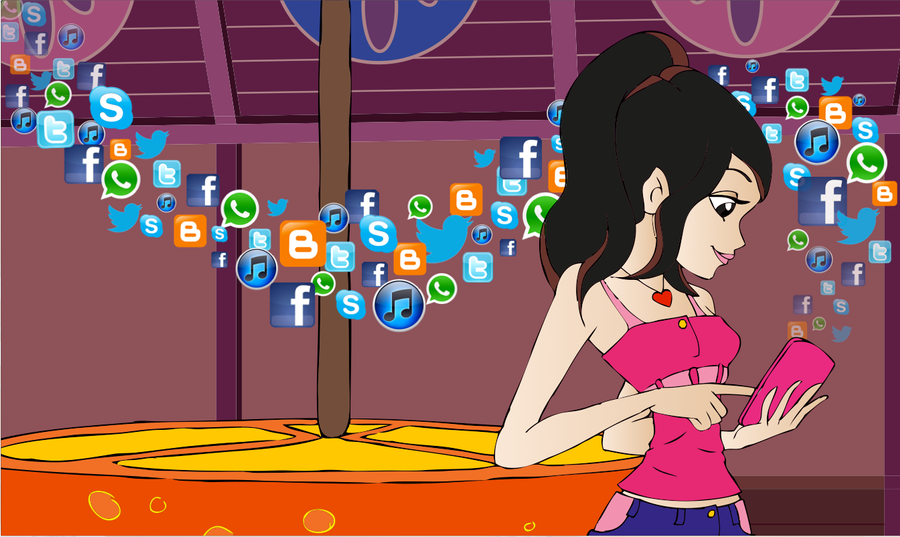by Joe Redman, joseph.redman attt wsu.edu

We have seen the comments on YouTube. They come flooding in, attempting to get the YouTuber’s attention with little regard to if other viewers see them. Nothing happens and they move on to the next video. This sort of shallow interaction does not represent a digital community especially when platforms designed for such a thing exist.
To this end, Sanz-Martos, Martinez and Creus studied online activity surrounding two popular video games:
- League of Legends (LOL)– a free-to-play massively multiplayer online game with a competitive focus
- Minecraft– a single or multiplayer game with a focus on creativity
The researchers examined online communication of these titles through two web forums: leagueoflegends.com and mundo-minecraft. They also examined two YouTube channels: Vegetta777 for Minecraft content and RevenantLOL for LOL content. In forums, they examined posts and comments. For YouTube videos, they looked over the comments.
An online community resembles communities put together in person. It must contain a cohesive group of people who interact, build relationships, and form commitment around a shared interest or practice. The team found real communities within both game forums, but not on YouTube for a handful of reasons:
- The game forums examined require users to have a LOL or Minecraft account to interact. Members have profiles based on roles like moderator. This provides a sense of belonging. YouTube only requires a basic account to post comments. The only roles are the creators and viewers.
- The forums developed around the games they focus on. Each forum has its own rules that benefit interactions around the game. YouTube contains mixed content. Viewers must search for the game they want to see content of. YouTube has universal rules in place.
- Though a YouTube video may receive many more comments than a forum post, original forum posters tend to intervene in conversations around their posts more than Youtubers do.
- YouTube viewers depend on creators to upload specific content. Viewers comment in hopes of the creator seeing. It appears only one-way interactions occur as creators do not often respond to comments.
- Forum users are more likely to engage in thorough conversations even if they have the same profile status. This makes forum users more likely to recognize each other and engage as if they know each other over time.
The authors concluded that based on how users behave and interact with the different platforms, not every gathering of human ideas online represents community. Even if members of a forum leave, the forum will remain active if interest remains.
So, when browsing the internet remember that some sites are better suited for communal interaction than others. With the flexibility of the Internet, many online platforms exist to provide users a sense of belonging. The users in these forums belong to them, share content, and engage in thorough conversations. The YouTube comments section is considered a mess because users are not there to commit but drop in and out however they please. A community, online or off, is something that must foster real human interaction.
Sanz-Martos, S., Martinez, S., & Creus, A. (2018). Talking about games: Gamers’ digital communication spaces as the object of study. Catalan Journal of Communication & Cultural Studies, 10(2), 231–245.



